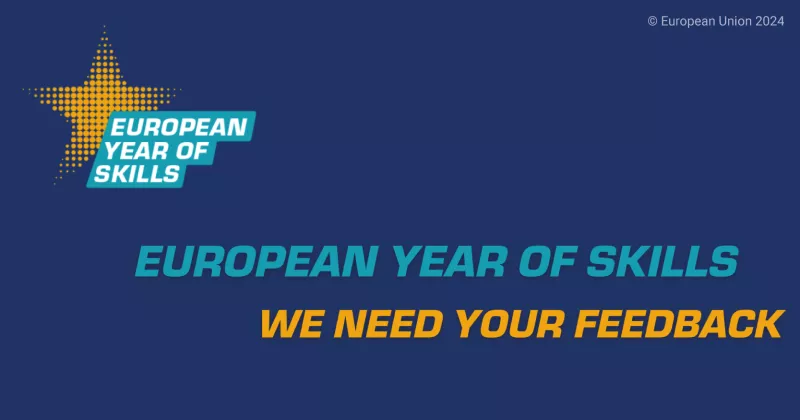5 Key Differences between Online and Face-to-face Learning
Online learning has grown in popularity over the years, driven by technological advancement, the desire to access a global knowledge base, and even supported by the novel COVID-19 pandemic and the social distancing rules. No matter if the driving force behind the online learning trend is a positive or negative one, there is no denying that eLearning is gaining traction and recognition with each passing year. Now that online course delivery is becoming more popular than ever before, though, teachers are faced with a unique new challenge – managing and handling the differences between traditional and digital learning.
From the challenges of engaging the online classroom, all the way to inspiring lifelong learning in students, to the ever-present challenge of maintaining high levels of motivation and discipline while effectively conveying knowledge – online learning has definitely created some new obstacles for modern teachers. With all of that in mind, today we’ll be examining the key differences between online and face-to-face learning while providing you with concrete solutions to overcome their challenges.
Challenges regarding student motivation and discipline
First things first, it’s important to note that engaging and motivating students in a traditional classroom setting is a difficult task regardless of the subject. Teachers in the STEM field might have an easier time with this, as STEM subjects and courses provide the opportunity to combine theoretical lectures with engaging practical demonstrations that capture the attention of the students. However, when it comes to online learning, this advantage is suddenly taken away.
Now that teachers and lecturers no longer have a lab to work with, they have to improvise and innovate in order to motivate their students and ensure discipline in and outside of class. To do this, you have to engage your students with practical course applications, demonstrations, interesting guests, interactive homework assignments and group projects, and more. Don’t try to reprimand online students when they misbehave or fail to turn in their homework, instead, focus on positive encouragement and strive to instill a sense of higher purpose for your class, focusing on the ways your students can use your lectures to achieve their goals.
Real-time interaction vs asynchronous learning
One of the major differences between traditional and eLearning is in the way students interact with the teacher and the subject matter, as well as how they consume information. Traditional learning is real-time or synchronous learning, while eLearning can be both synchronous and asynchronous. In a physical classroom, you are engaging with your students in real time, while in the online world you can deliver real-time lectures through streams and Zoom calls, or you can record your lectures for your students to check out at a later date.
Asynchronous learning brings unique benefits to the table and helps the student to consume information at their own pace, which can take the stress out of the process and help them advance through the curriculum without fear of missing out or developing knowledge gaps. The problem here is in the level interaction the student has with the teacher, so make sure that your lectures explore the matter in great detail, and make yourself available to your students to answer any questions they might have.
Online learning is easier with interactive platforms
The online world has certainly revolutionized the way we convey information and deliver knowledge to our students, and it has facilitated the rise of numerous digital platforms that make learning more fun, engaging, and rewarding for the tech-savvy student. However, it’s not just the students that benefit from online learning, as established professionals have a chance to leverage eLearning to advance their careers and obtain the necessary certifications to move forward in their industries.
Having the ability to advance a career through online courses is even more important during the COVID-19 crisis, especially as essential medical personnel need to get PALS certified and recertified quickly to continue the struggle against the pandemic. As you might have guessed, this opens numerous opportunities for professionals in various industries as well, as online learning helps save time while delivering the materials and training they need to advance their careers in their respective fields.
Personal online courses vs group classroom lectures
Another major difference between traditional and online learning is that the latter allows you to take a more personalized approach to conveying knowledge and information. While you are forced to address the entire classroom or auditorium in an attempt to engage the whole village, online teaching allows you to address the individual and tackle their unique needs, knowledge gaps, and to put the learner in the centre.
This is even true for group online classes, as they usually contain fewer participants and are broken down into groups. You can use this new format to allocate enough personal time and attention to each individual student.
Online students depend heavily on guidance and communication
One of the biggest challenges of online learning is, unfortunately, the common lack of guidance, communication, and support from the tutors. The physical classroom allows you to interact with your students before and after class and answer any questions they might have, but online your students can feel like they are unable to reach your outside of the digital classroom. This is why you have to emphasize communication and make yourself available to your students via email and even direct messaging apps to answer all of their questions and concerns quickly.






Pati neesmu saskārusies ar